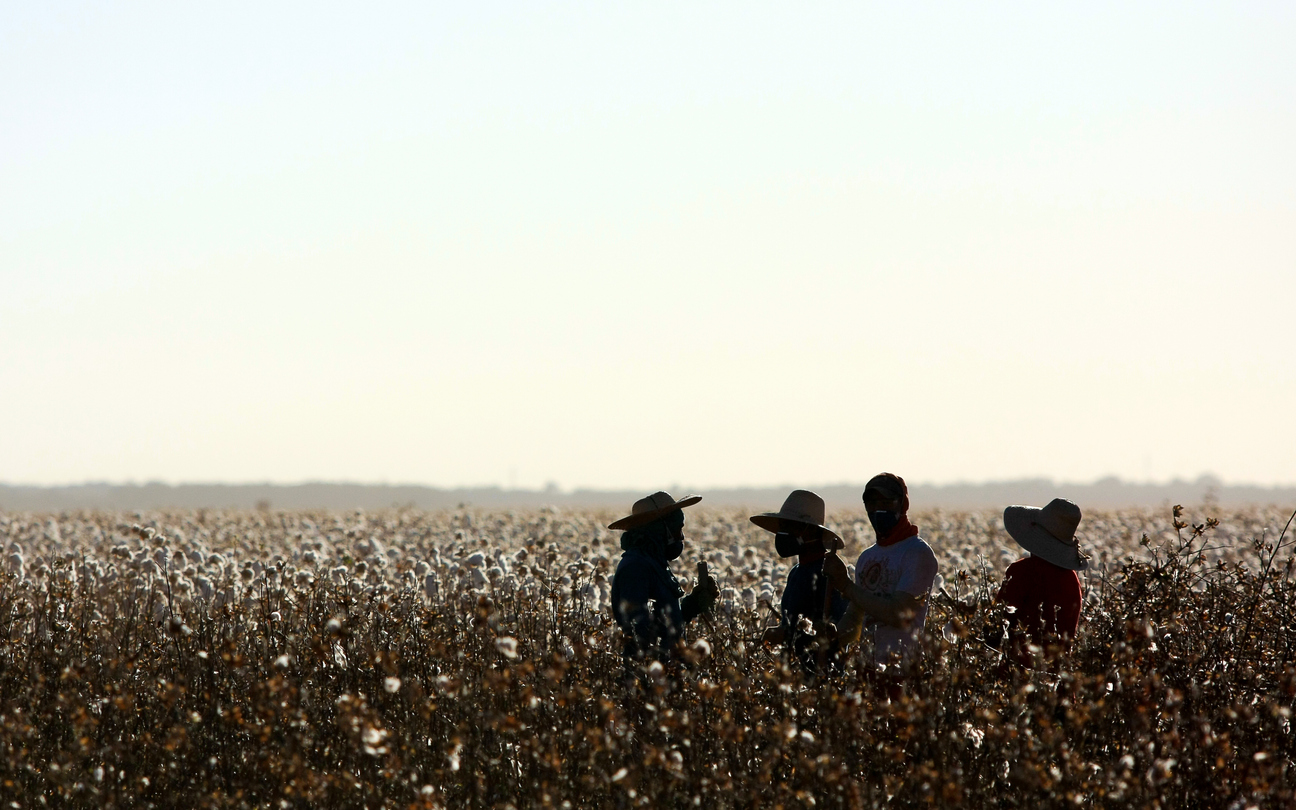
Punjab-wide Survey of Bt Cotton Fields Reveal Variations in Cry Protein Accumulation
August 12, 2020| |
Researchers from Pakistan and China conducted a biophysical survey of all cotton-growing districts of Punjab, Pakistan for detection, identification, and quantification of Bt cotton. The results are published in GM Crops and Food.
A total of 400 cotton growers and their fields were included in the study. They were inquired about the production of Bt cotton and 25 strip tests were performed in each field. Of the 10,000 samples, 9,682 samples were marked as Bt by the farmers, while 310 were non-Bt. Based on the strip test, 1,009 and 87 samples were found to be false negative (declared to be Bt but were not) and 87 were false positive (declared as non-Bt but were Bt). About 53 samples were positive for Cry2Ab, 214 for EPSPS, and none for Vip3Aa. gene. Quantification of Cry endotoxin and bioassay studies showed that expression of the Bt protein was significantly varied among different canopies and fruiting parts. Cry endotoxin expression and insect mortality were also highly variable among varieties.
Based on the results, the researchers concluded that the accumulation of Cry protein in Bt cotton is highly influenced by genetics, sampling time during growing season, geography, climatic conditions, and agronomic practices.
Read more results in GM Crops and Food.
| |
You might also like:
- Bt Cotton Approved for Planting in Kenya
- The Story of Bt Cotton in India
- Pocket K No. 6: Bt Insect Resistant Technology
Biotech Updates is a weekly newsletter of ISAAA, a not-for-profit organization. It is distributed for free to over 22,000 subscribers worldwide to inform them about the key developments in biosciences, especially in biotechnology. Your support will help us in our mission to feed the world with knowledge. You can help by donating as little as $10.
-
See more articles:
-
News from Around the World
- FAO: Global Food Prices Rise in July
- Experts Urged to Consider Audience Values when Communicating about Gene Technologies
- Third Breakthrough Shows Photosynthetic Hacks Boost Yield and Conserve Water
- Study Finds Decline in Plant Breeding Programs in the US, Possible Impact on Food Security
- FSANZ Calls for Comments on Food Derived from GM Corn DP202216
-
Research Highlights
- Punjab-wide Survey of Bt Cotton Fields Reveal Variations in Cry Protein Accumulation
- Researchers Decode Black Mustard Seed Genome Using New Sequencing Technology
-
Plant
- Researchers Review Genome Editing Strategies Used in Developing Rice Disease Resistance
- Kansas State University and University of Saskatchewan Team Up to Improve Wheat Using CRISPR
- CRISPR Dominates Genome Editing Market, TALENs Projected to Grow until 2025
-
Health
- National Survey Says Most Americans Willing to Vaccinate Against COVID-19
- Human Immune System Responds to Plant-derived SARS-CoV-2 Antigens
-
Read the latest: - Biotech Updates (December 17, 2025)
- Gene Editing Supplement (December 17, 2025)
- Gene Drive Supplement (February 22, 2023)
-
Subscribe to BU: - Share
- Tweet

